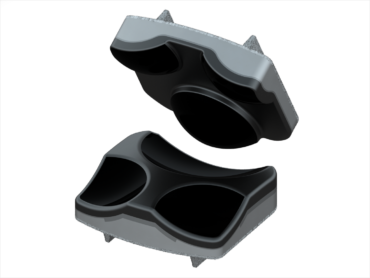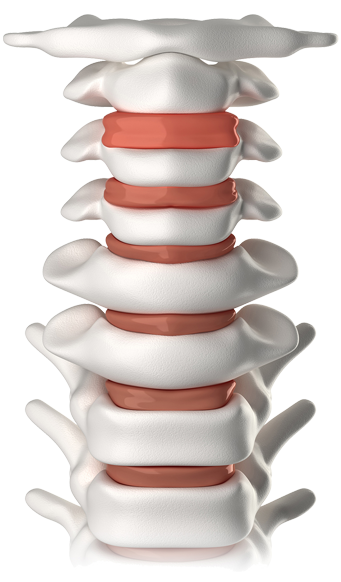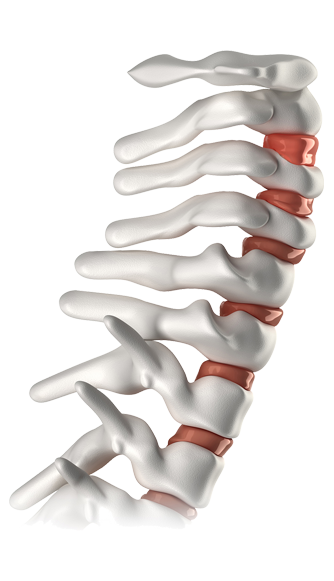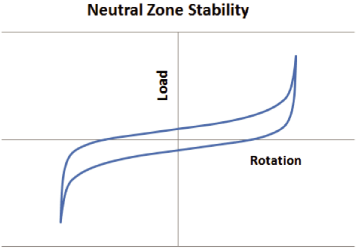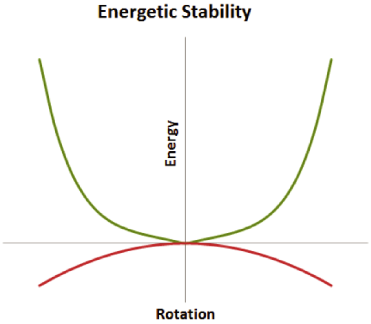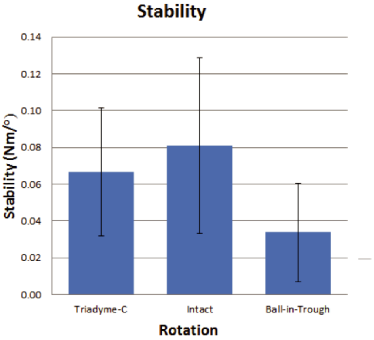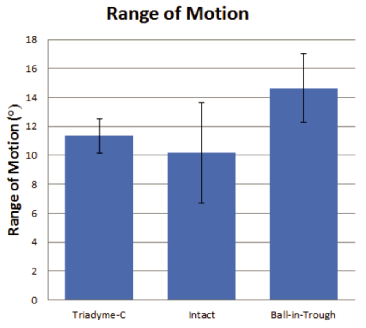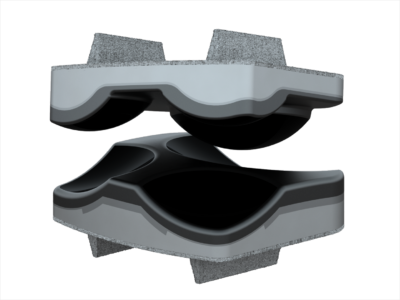Figure 1
The section near the center of Figure 1 where the load curve is mostly linear is called the neutral zone, which is important to note since this is where the disc spends most of its time. The positive slope of the curve indicates the stability of the motion.

